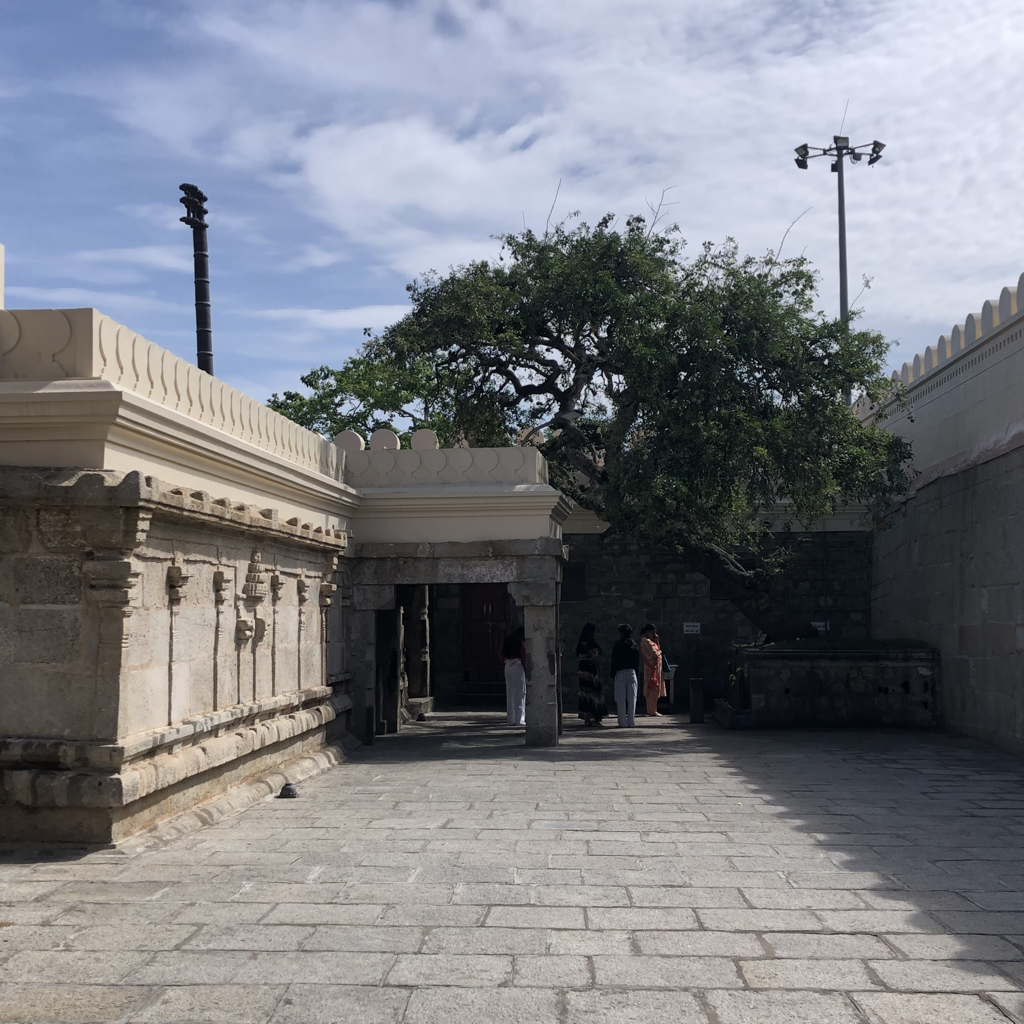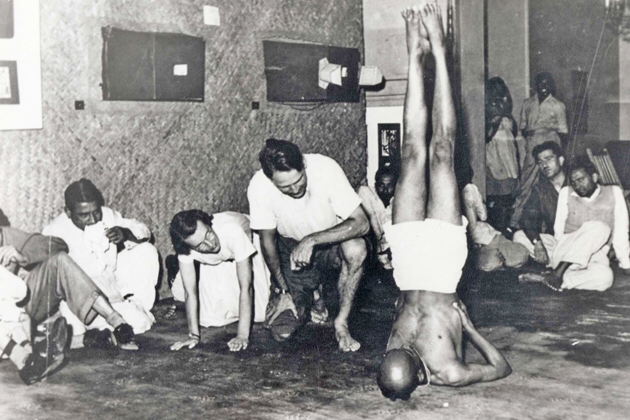Blogue
Aqui encontras artigos que através da escrita buscam inspirar, promover
a reflexão e o auto-questionamento. Sérgio e Vanessa partilham entre
aventuras e auto-realizações pelas suas jornadas na vida, que contribuíram
para a forma como caminham na vida hoje.
Partilham aprofundamentos teóricos conseguidos pelos seus estudos em yoga.
Com objectivo de partilhar conhecimento, motivar qualquer um a praticar
yoga e a levar os seus benefícios além do tapete.
*Articles written in Portuguese and English
a reflexão e o auto-questionamento. Sérgio e Vanessa partilham entre
aventuras e auto-realizações pelas suas jornadas na vida, que contribuíram
para a forma como caminham na vida hoje.
Partilham aprofundamentos teóricos conseguidos pelos seus estudos em yoga.
Com objectivo de partilhar conhecimento, motivar qualquer um a praticar
yoga e a levar os seus benefícios além do tapete.
*Articles written in Portuguese and English
 RSS Feed
RSS Feed


